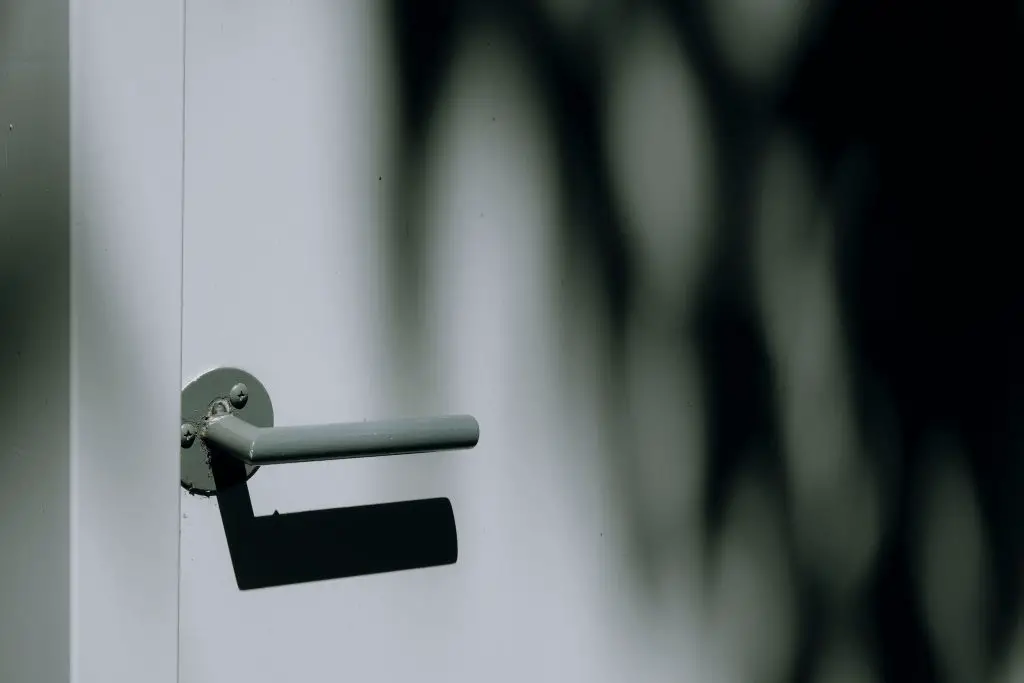If your sofa doesn’t fit through doors, you’re not alone. This is a common problem many people face when moving or redecorating. Luckily, there are effective methods to tackle this issue without causing any damage. In this article, we’ll guide you through step-by-step solutions to ensure your sofa makes it into your home safely.

Step 1: Measure the Sofa and Doorway
The first thing to do when your sofa doesn’t fit through the door is to measure both the sofa and the doorway. Knowing these dimensions will help you understand whether disassembly is needed or if other maneuvering techniques can be employed.
How to Measure the Sofa
Locate a Tape Measure: Ensure you have a tape measure that is long enough to measure the entire length and height of the sofa.
Measure Width, Height, and Depth: Extend the tape measure across the widest, tallest, and deepest parts of the sofa. Record these measurements.
Note Any Protruding Parts: Sometimes, the legs or armrests can add to the dimensions, so don’t forget to measure them as well.
How to Measure the Doorway
Clear the Area: Make sure the doorway is free from any obstructions like shoes or decor items.
Measure the Width and Height: Use the tape measure to find the dimensions of the doorway. Make sure you also measure any door frames, as these could affect the available space.
Check for Hinges and Door Knobs: Sometimes these can protrude and take up valuable space. Note their presence.
Compare the Dimensions
Do the Math: Compare the sofa and doorway measurements. If the sofa’s dimensions are smaller than the doorway’s, it may pass through without disassembly.
Step 2: Dismantle the Sofa
When your sofa doesn’t fit through the door, disassembling it is often the most effective way to resolve the issue. By breaking down the sofa into smaller parts, you reduce its overall dimensions, making it easier to move through tight spaces.
How to Dismantle the Sofa
Locate Tools: Having the right tools at hand will make the process more efficient. Gather a screwdriver, wrench, and any other tools that might be necessary for your specific sofa model. You may also need a container or plastic bag to keep small parts like screws from getting lost.
Unscrew the Legs: The legs often add several inches to the height or width of the sofa, making it difficult to fit through doorways.
Flip the sofa gently onto its back or side to access the legs. Locate the screws or bolts that hold each leg in place. Use a screwdriver or wrench to unscrew the legs. Store the legs and screws in a safe place.
Remove Cushions and Armrests: Cushions can add bulk, and detachable armrests can widen the sofa considerably. Zip-off or unbutton any removable cushions.
If the armrests are detachable, find the screws or bolts that hold them and use the appropriate tool to remove them. Place these components aside.
Other Removable Parts Some sofas have other removable elements that can be taken off to reduce their size further. Check for other removable parts like headrests, backrests, or ornamental pieces. Use the appropriate tools to unfasten these components.
Step 3: Techniques for Maneuvering the Sofa
Maneuvering a bulky sofa is often a challenge, especially when space is limited. Employing the right techniques can make the task significantly easier and less risky.
Techniques to Employ
Tilt the Sofa: Tilting the sofa can change its orientation, allowing it to fit through angles that are otherwise impossible in an upright position. Have one person at each end of the sofa. Tilt it diagonally, so you make use of the diagonal space between the floor and the top of the doorway.
Use Sliders or a Dolly: These tools ease the physical effort required and minimize damage to your floor and the sofa. Place sliders under the sofa’s base or use a dolly underneath it. Push or pull the sofa gently across the floor.
Mind the Fabric: The last thing you want is to damage your sofa while you’re trying to move it. Be cautious while moving the sofa through the door or near walls. Watch out for sharp edges, nails, or protruding objects that could snag or tear the fabric.
Step 4: When to Seek Professional Help
Sometimes, despite all your best efforts, the sofa simply doesn’t fit. In such cases, professional assistance may be your safest and most efficient option.
When to Call for Help
Exhausted All Options: If you’ve tried everything and the sofa still doesn’t get through, it’s time to call for help.
High-Risk Scenarios: If the sofa is particularly heavy or delicate, or if it’s an heirloom or high-value item, consider getting professional help to avoid potential damage.
For more articles on sofas, click here: Sofas: Easy Guide to Understanding Sofas and Related Furniture
Conclusion: Sofa Doesn’t Fit Through Door
We hope this guide has helped you in resolving the issue of a sofa that doesn’t fit through the door. Remember, you’re not alone in this, and there are always solutions to the problem.
